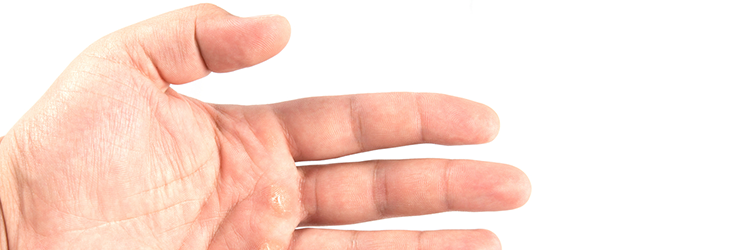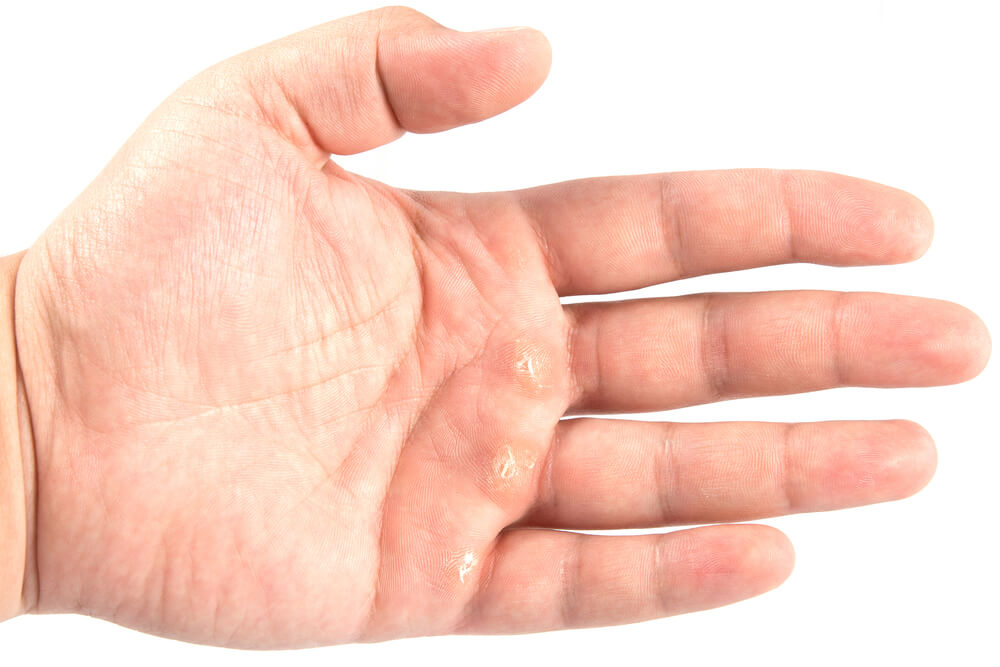Occasionally, when you shake hands with an acquaintance or a friend, you may feel an uneasy roughness in their hand, especially below their fingers…a sort of a rough patch. It may sometimes feel stony or bumpy as if your friend is gripping something. Well, what you are actually feeling is a callus on their hands.
Calluses are formed due to constant pressure or friction in one area of the hand and they manifest as rough thickened skin patches. They can also form corn, which is still more hardened skin. Calluses on your hands may not cause pain but are a source of irritation. You may feel embarrassed at times if your friend’s hands are soft and silky because the calluses on your hand would poke them or cause irritation.
As mentioned earlier, it is the repeated pressure or friction in a few areas of your hand that can cause calluses. The extra and constant pressure results in the skin dying and forming a hard, protective area. What needs to be understood here is that calluses and corns are not caused by viruses and are not contagious.
Calluses are common among weight lifters. Also, if you handle any object constantly, such as a tennis racquet or tools like a hammer, you are likely to get calluses. Some people mistake it to be an extension of the bone. In fact, it is just plain dead and hardened skin.
Calluses are normally hard, dry, and thick, and may appear as grey or yellowish patches. Since they are formed of dead skin, they are less sensitive to touch.
Treatment for callus
It is sometimes best to leave calluses alone. But if you are conscious of the irritation and embarrassment they cause, stay away from exerting pressure on the area for a few weeks. Weightlifters can try special gloves that protect the pressure points on their skin.
You can also try soaking the callus in warm water and then using a pumice stone to lightly rub away the dead skin3. But never pinch or cut the callus.
Some doctors would suggest using salicylic acid to soften the callus before using a pumice stone to remove the dead skin. But there is another school of thought. Some physicians do not prefer using salicylic acid as it can damage the surrounding areas of the skin.
In case you use salicylic acid, make sure you apply it only on the callus and that other area of the skin are not exposed to it. However, do not use salicylic acid if you are a diabetic. Consult a doctor before you try out this method.
If the callus has thickened and is very bumpy, your doctor may trim the area using a small and special knife. This is generally not painful but can sometimes cause slight bleeding and may need treatment for a few days.
If you keep getting calluses on your hands, try wearing protective gloves. This is more so for weightlifters, and for people who indulge in extensive gardening or use tools constantly.
It is always wonderful to have soft and smooth hands. That may sometimes define your personality. So, do not neglect the calluses on your hands.















